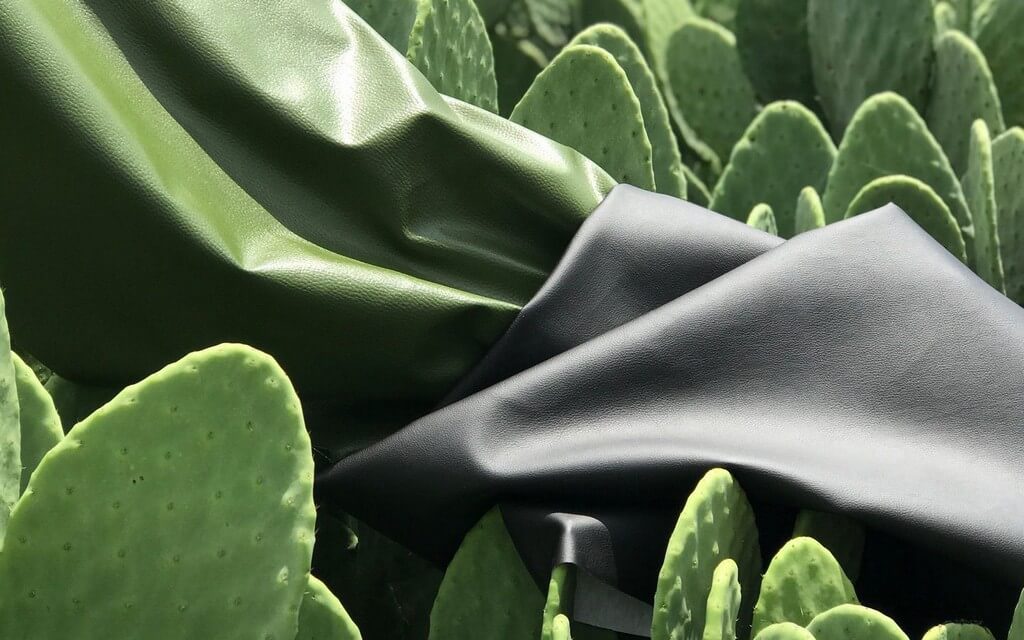Vegan leather: the new rave?
24/05/2021 2021-05-24 12:53Vegan leather: the new rave?
Vegan leather is leather that is made from plant matter or plastic material instead of the traditional method of deriving it from animal skin and hide. Vegan leather is made from polyurethane or polyvinyl chloride, both of which are plant based material. It can be made from various innovative and sustainable material such as pineapple leaves, fruit peels, cork, other fruit waste and recycled plastic. The outcome is a leather-like material produced in a way such that no animals are directly exploited in the conceptualisation and making process. It is also known as faux leather, pleather, alternative leather and synthetic leather.
Vegan leather which is made from pineapple leaves is called piñatex. The waste matter of pineapple is used to create a mesh-like ‘leather’ material. For making this leather no additional land, water or fertiliser is required as it is a byproduct of pineapple farming. Vegan leather can also be made from the roots of mushroom plants. The root is called mycelium which feeds on bio substrates like cellulose. Mushroom leather is waterproof, durable and is biodegradable leather. Vegan leather can also be made from kombucha tea and from the leaf of teak. There are many other alternatives as well; Mexican brand Desserto makes vegan leather from cactus.

Vegan leather is used extensively by designers as a replacement of animal hide, and one of the most prominent designers is Stella McCartney. And this is because vegan leather is versatile. From motor jackets in every style and colour to the perfect little black dress — and even intimate items — there’s a vegan leather version. Not only does vegan leather make one look good, it also makes them feel good because it’s cruelty free leather. More than a billion cows, pigs, goats, sheep, alligators, ostriches, kangaroos, and even dogs and cats are cruelly slaughtered for their skins every year. The tails and horns of many of these animals are cut off without painkillers, and some are even skinned and cut apart while still conscious. JD Institute’s fashion design course supports its students to explore with materials in the practice of fashion and to come up with responsible material in their making.













